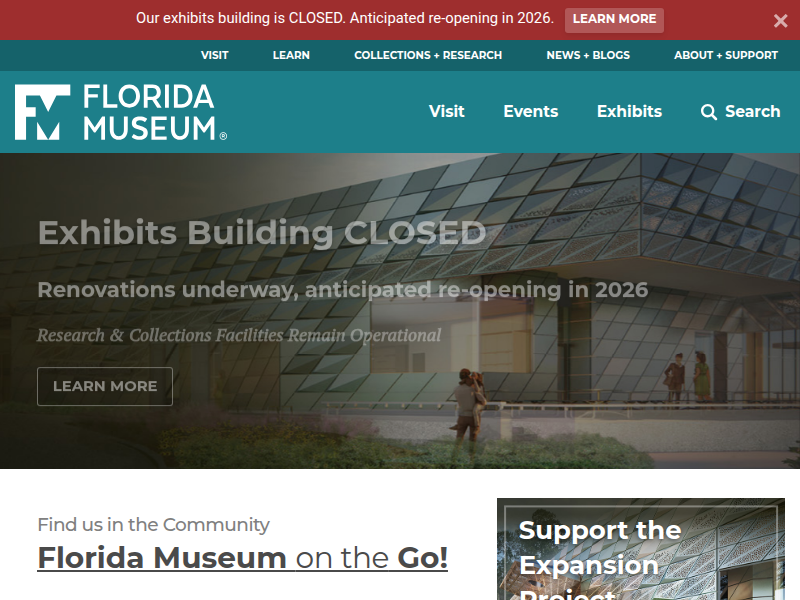Weird, noodle-shaped amphibians known as caecilians found in South Florida canal – Research News https://www.floridamuseum.ufl.edu/science/caecilians-found-in-south-florida/
Florida Museum of Natural History scientists used DNA testing to identify the specimen
Florida Museum of Natural History scientists used DNA testing to identify the specimen

